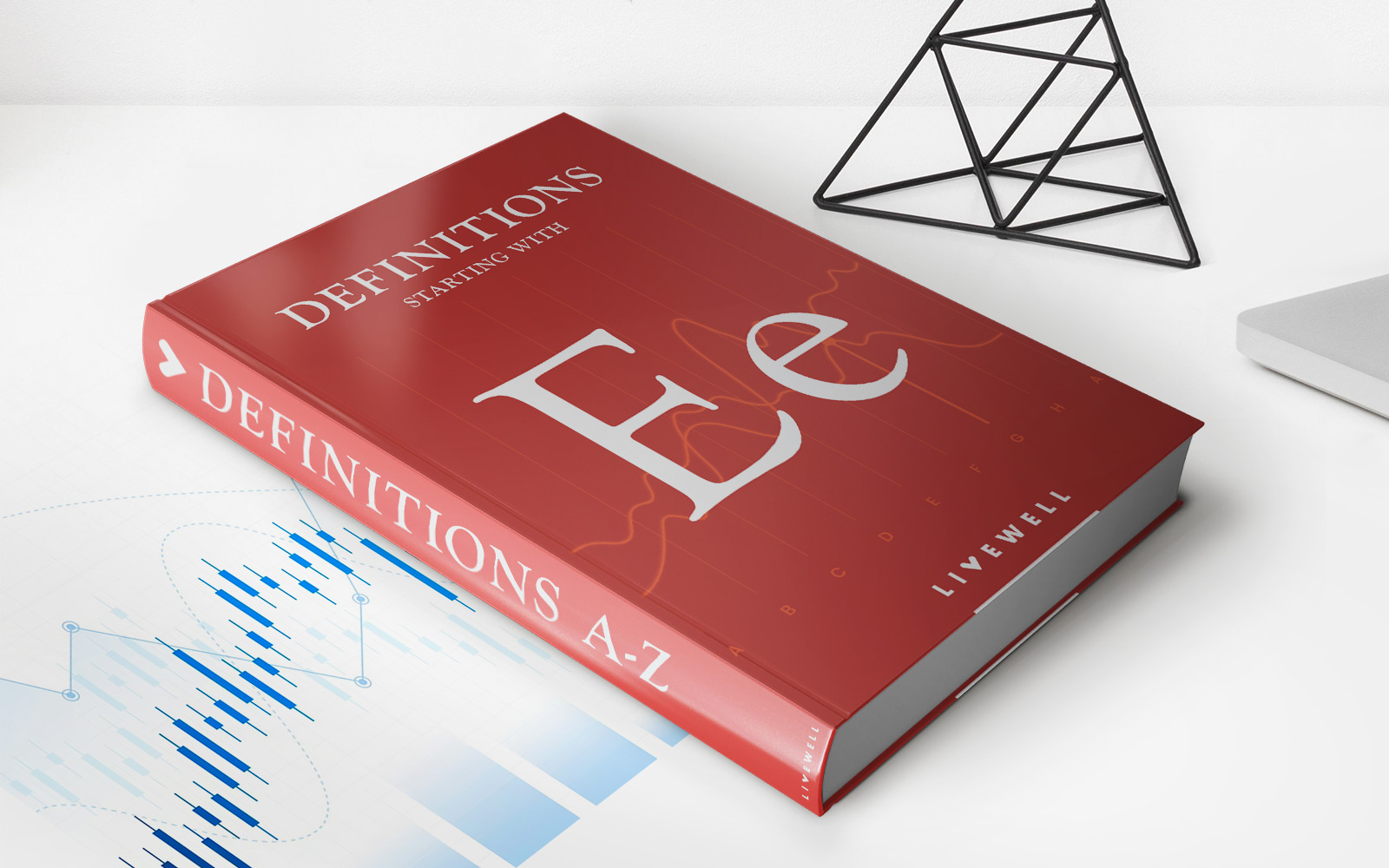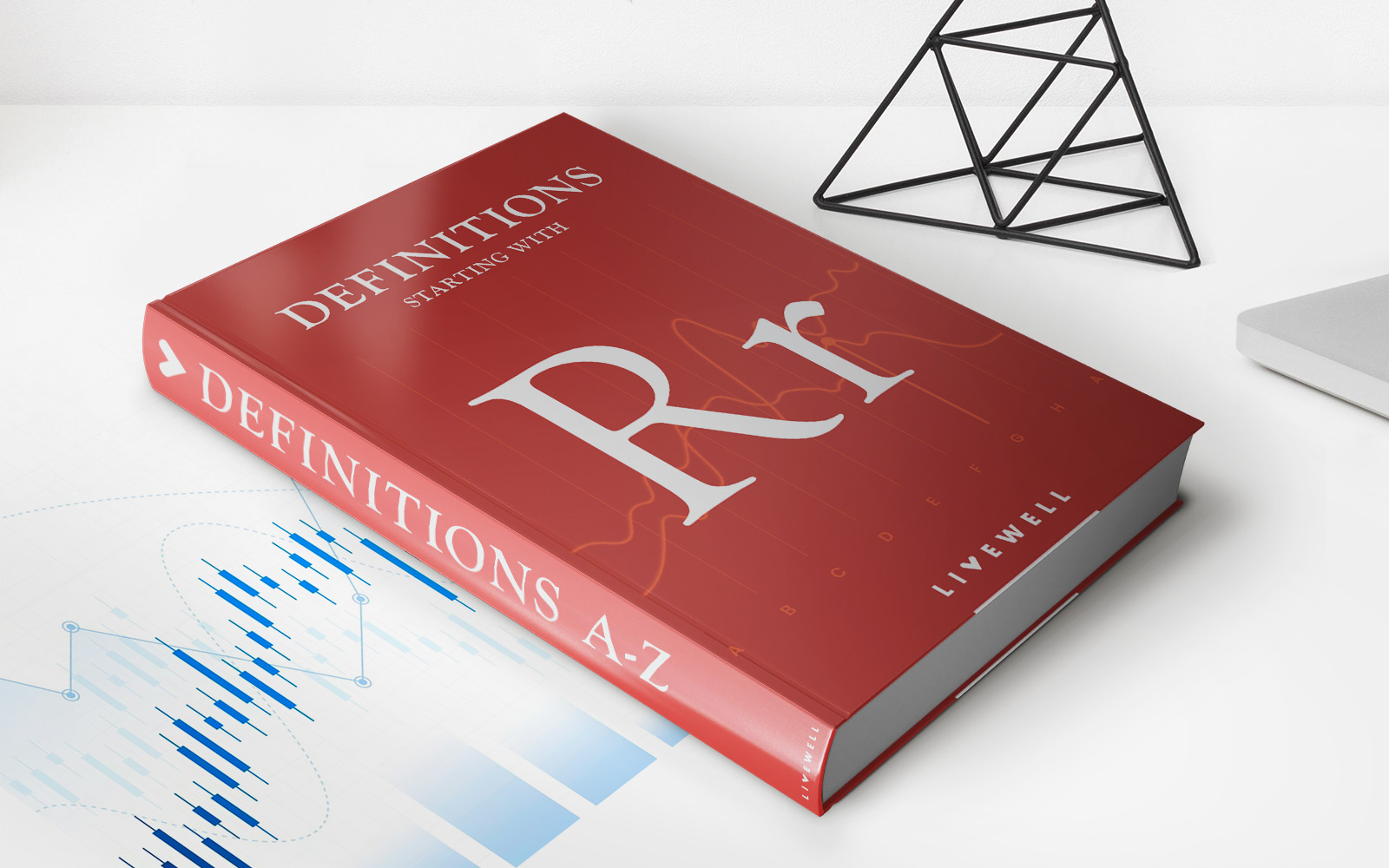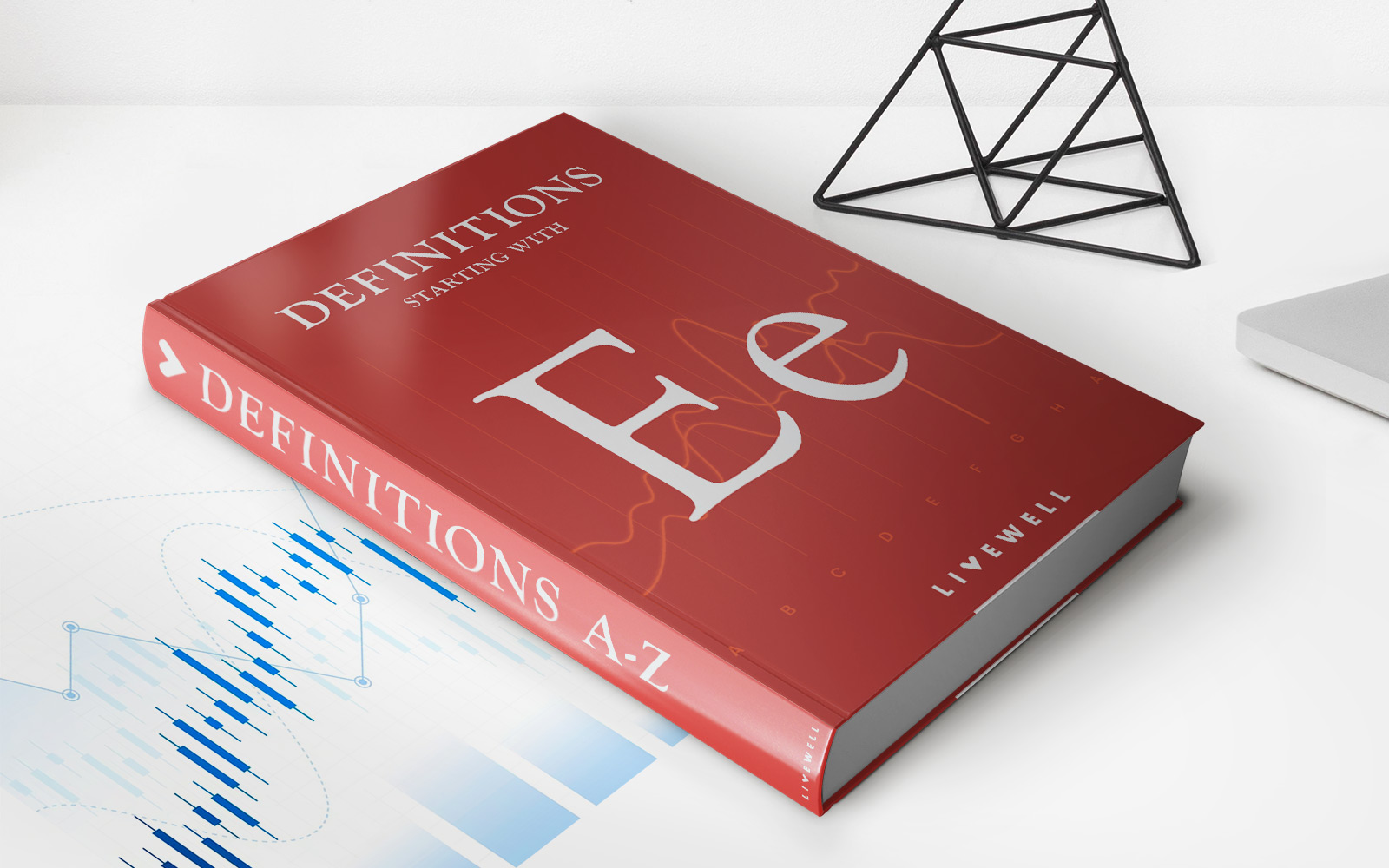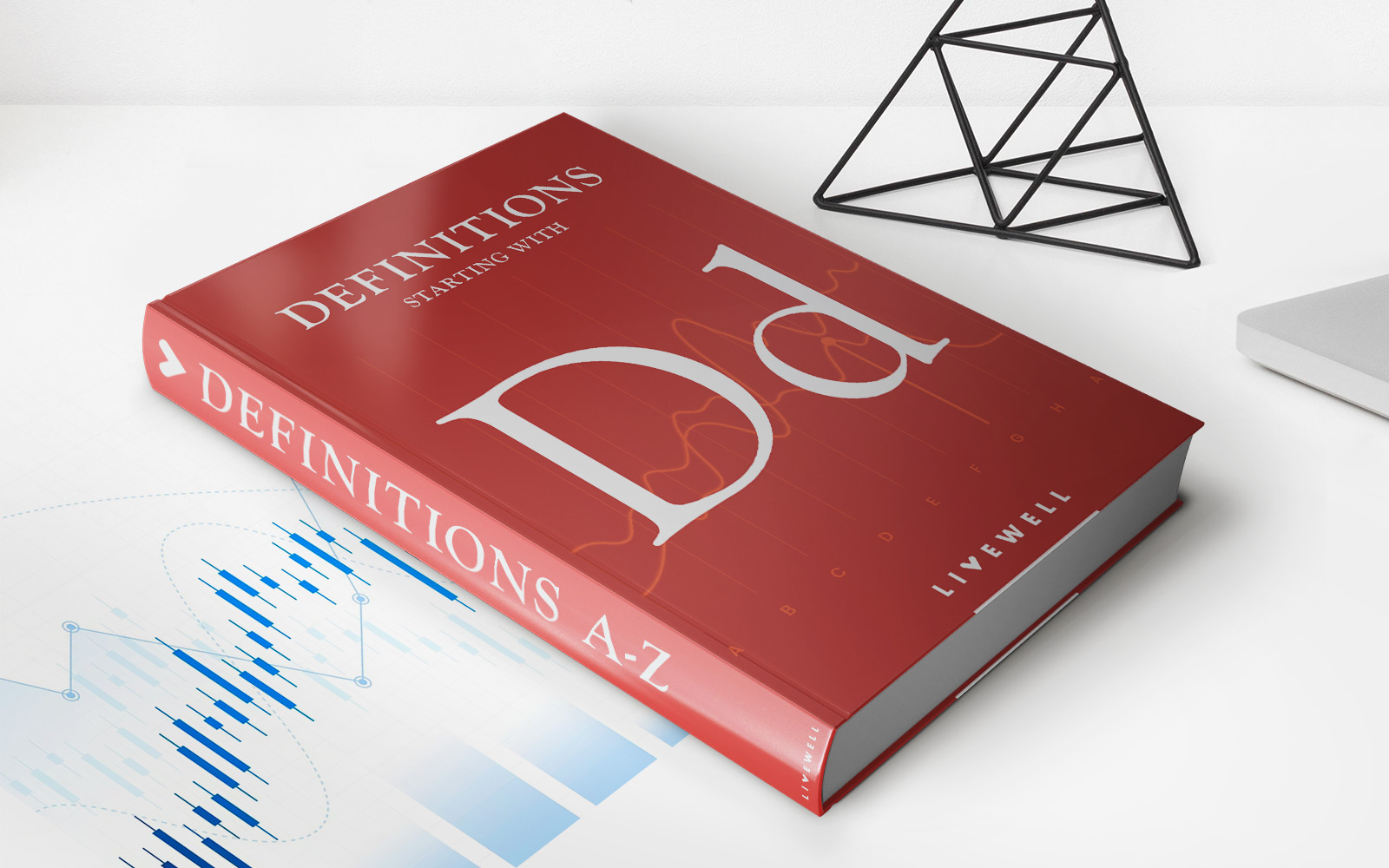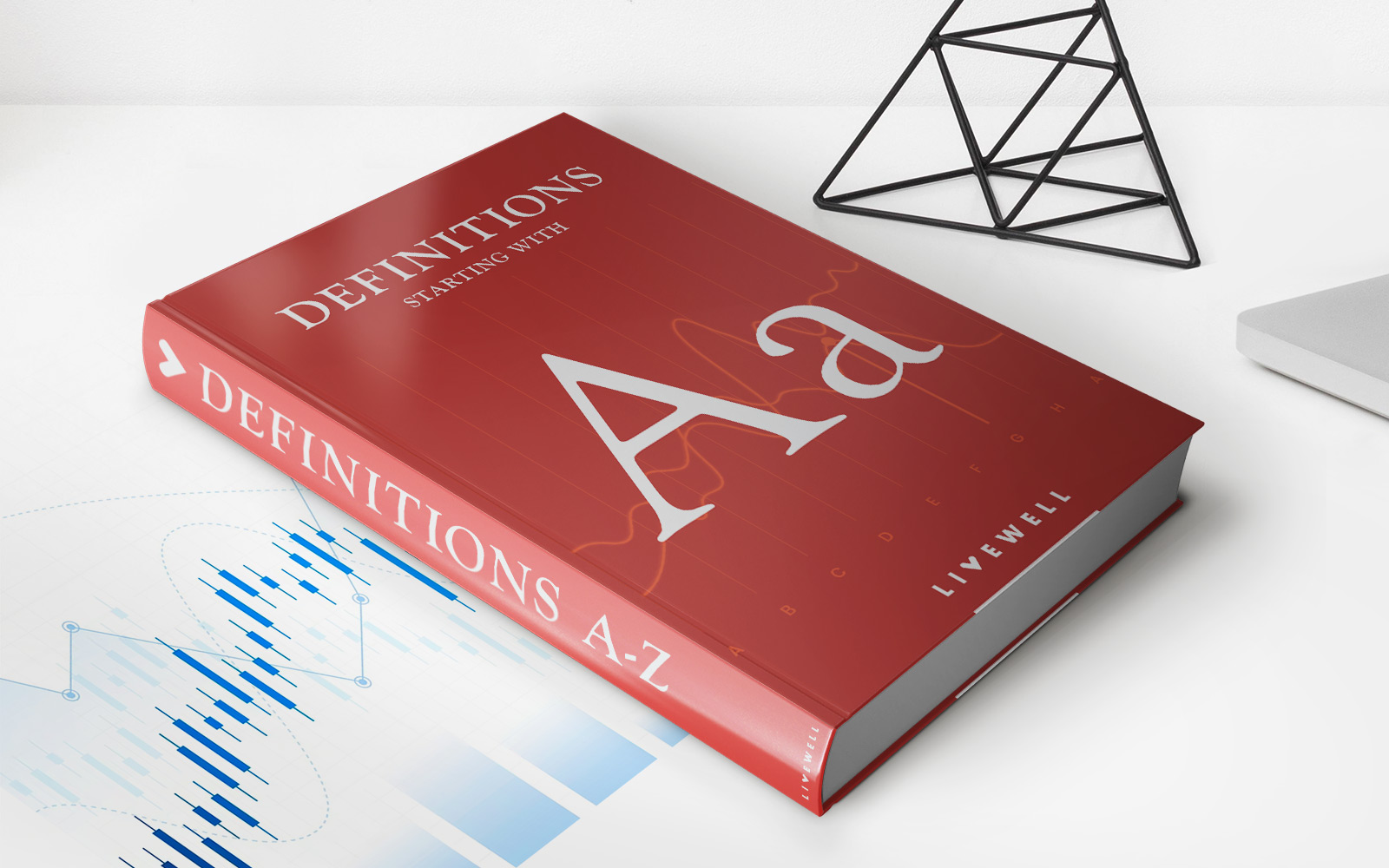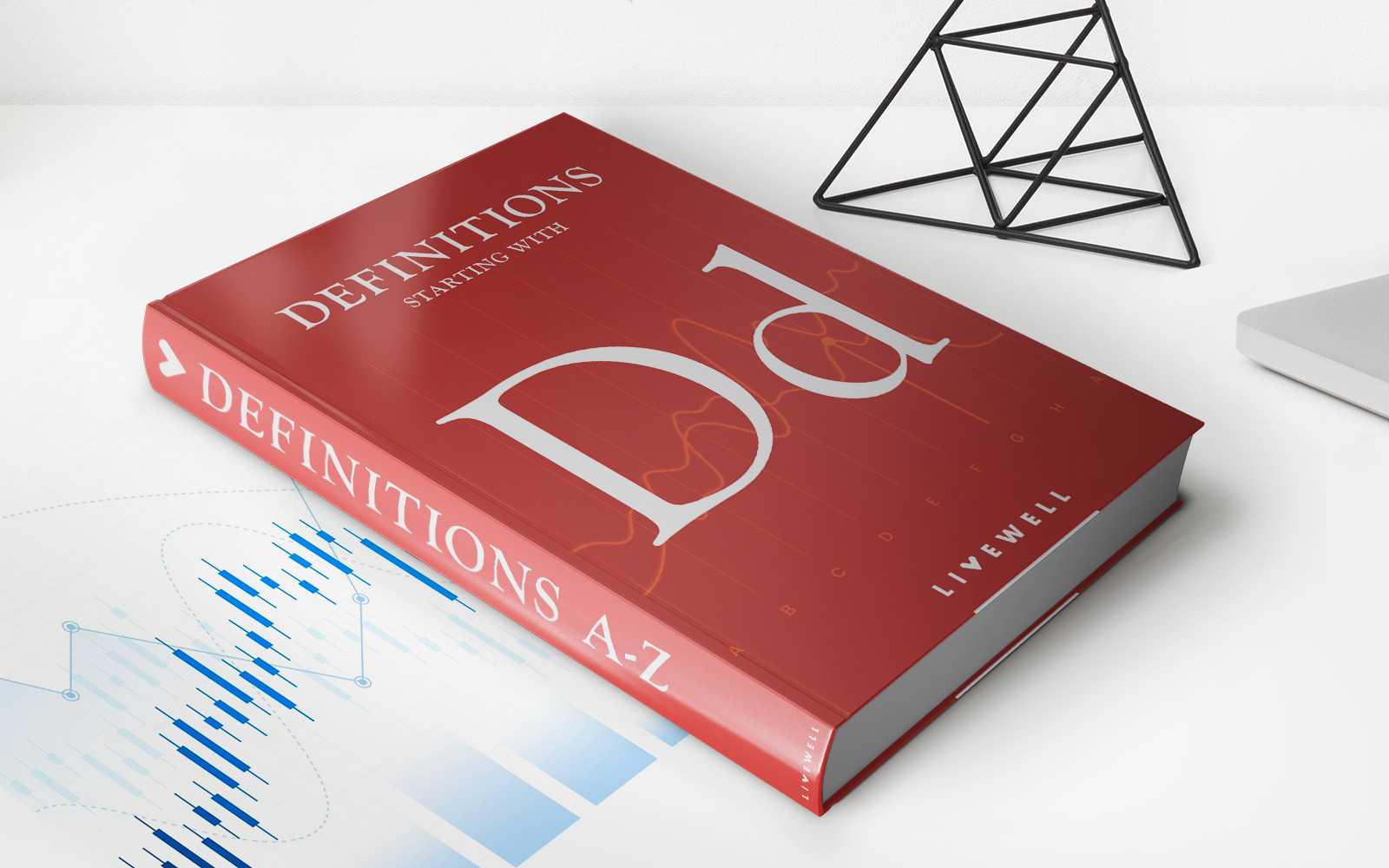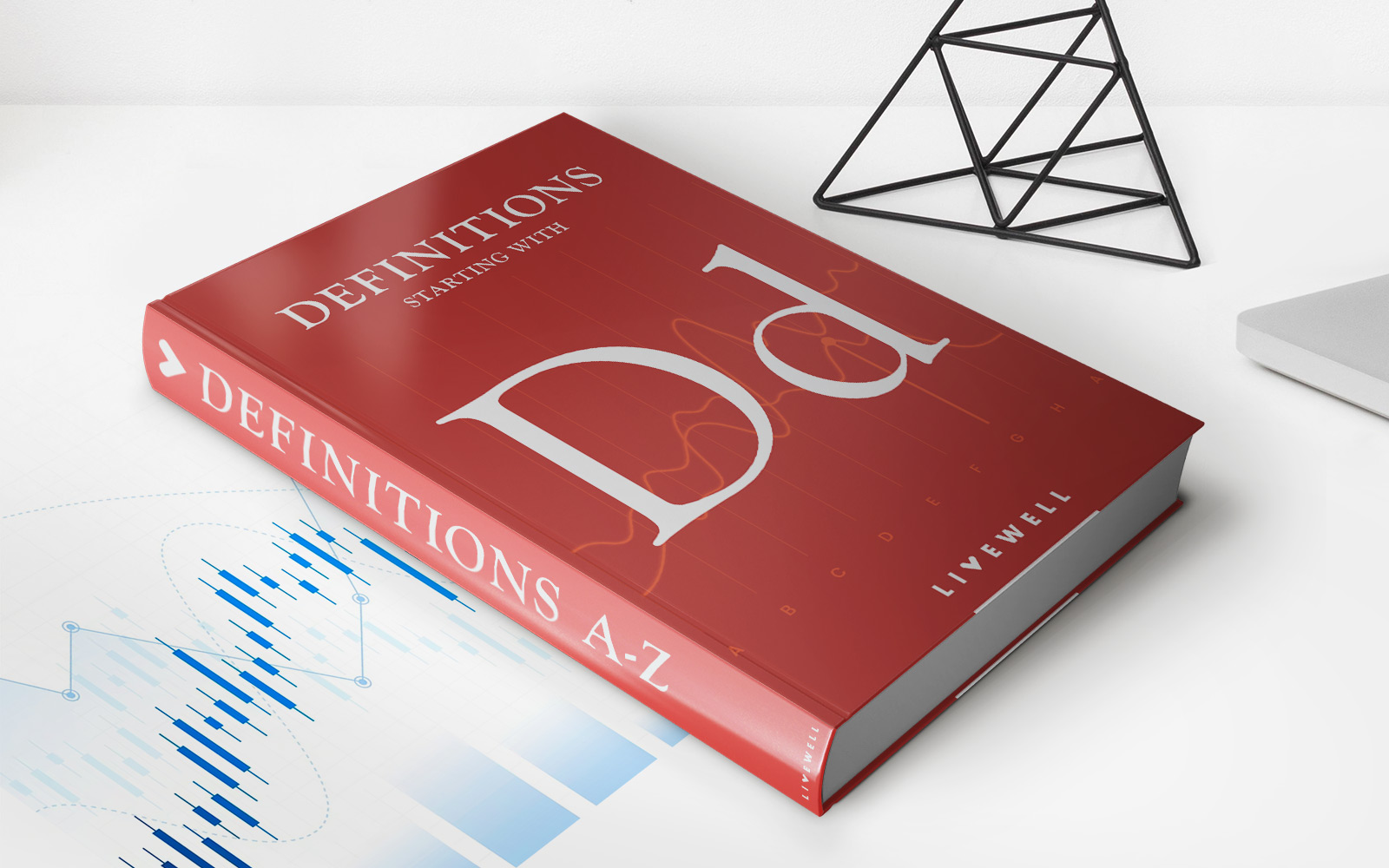Home>Finance>Distribution: Definition In Finance, Types, And Examples
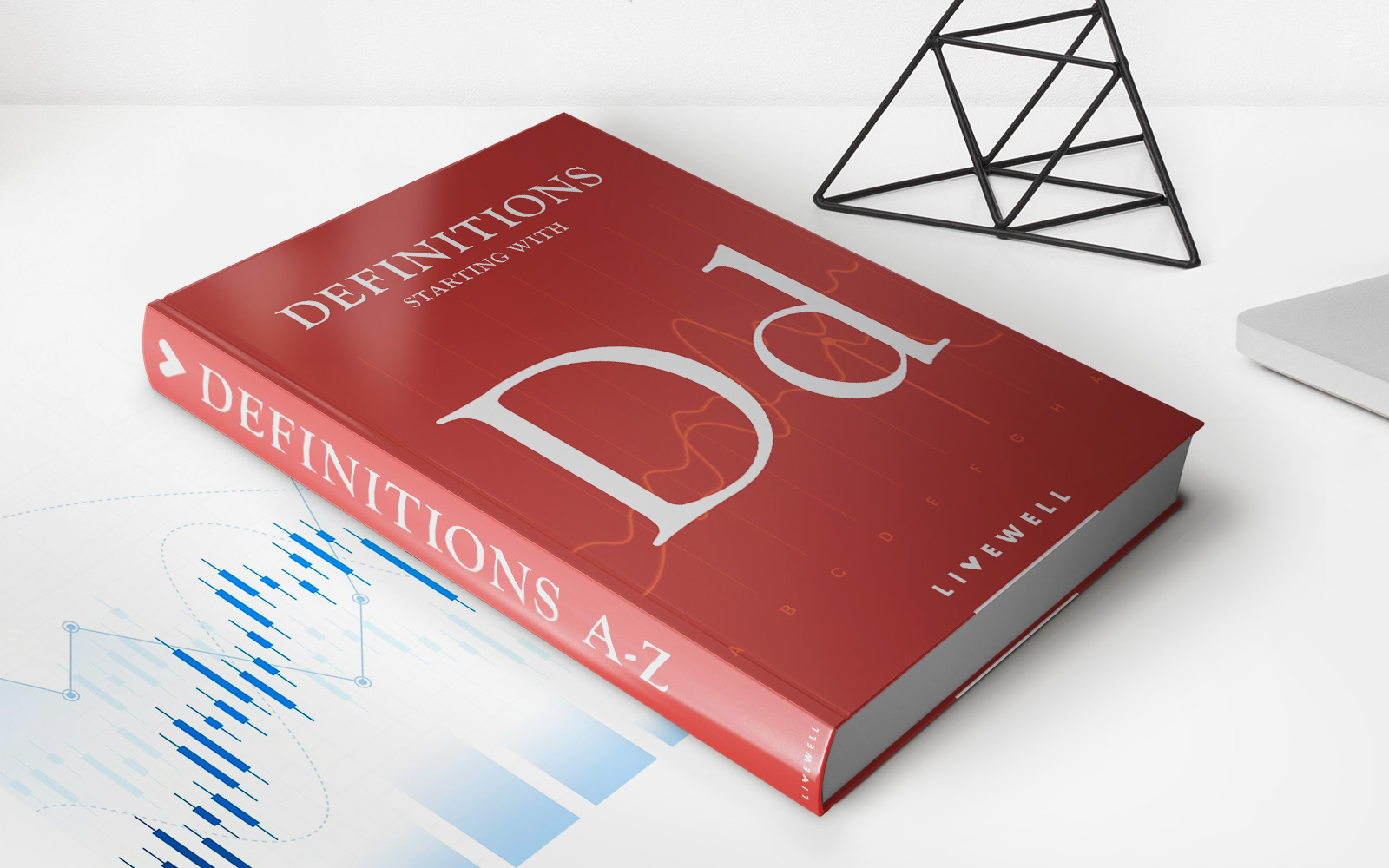

Finance
Distribution: Definition In Finance, Types, And Examples
Published: November 13, 2023
Learn the definition of distribution in finance, explore various types, and find examples. Discover how it can impact your financial strategies.
(Many of the links in this article redirect to a specific reviewed product. Your purchase of these products through affiliate links helps to generate commission for LiveWell, at no extra cost. Learn more)
Distribution: Definition in Finance, Types, and Examples
Finance is a vast and complex field that encompasses various concepts and practices. One crucial aspect of finance is distribution, which plays a crucial role in the efficient allocation of resources. In this blog post, we will explore the definition of distribution in finance, discuss different types of distribution, and provide examples to better understand this fundamental concept.
Key Takeaways:
- Distribution in finance refers to the process of allocating and spreading financial resources, such as profits or dividends, to stakeholders or investors.
- There are four main types of distribution in finance: profit distribution, dividend distribution, interest distribution, and capital distribution.
What is Distribution in Finance?
Distribution in finance refers to the process of allocating and spreading financial resources among different stakeholders, such as shareholders, investors, or creditors. This allocation can include profits, dividends, interest, or capital, depending on the specific scenario.
In simpler terms, distribution involves distributing the financial benefits derived from an investment or business operation to the individuals or entities that have a rightful claim to those benefits.
Types of Distribution in Finance
Let’s dive deeper into the different types of distribution commonly encountered in the realm of finance:
1. Profit Distribution:
Profit distribution is a vital aspect of corporate finance. It refers to the process of distributing profits among shareholders or partners of a business entity. Typically, these profits are distributed in the form of dividends. Dividends can be in cash or additional shares of the company’s stock and serve as a reward for the investors’ participation and ownership. The profit distribution ratio is determined by the company’s financial performance, dividend policy, and its decision to retain earnings for reinvestment purposes.
2. Dividend Distribution:
Dividend distribution is a specific form of profit distribution where a company shares a portion of its profits with its shareholders. Dividends are typically paid out periodically, such as annually, semi-annually, or quarterly. This distribution allows shareholders to enjoy a direct return on their investment and, in certain cases, indicates the financial health and stability of the business.
3. Interest Distribution:
Interest distribution occurs when a financial institution, such as a bank, allocates interest earned on investments or loans to its depositors or lenders. For instance, a bank may distribute interest earned through savings account deposits or fixed deposits to their respective account holders. This distribution serves as an incentive for individuals to save or invest with the bank while also acknowledging the opportunity cost of holding their funds with the institution.
4. Capital Distribution:
Capital distribution refers to the allocation of investment returns or capital gains to investors in a mutual fund or similar investment vehicle. When an investor decides to redeem their investment or close their position, they may receive back their original investment amount plus any capital appreciation, if applicable. This form of distribution allows investors to earn returns on their investments and exit the investment vehicle if they desire.
Examples of Distribution in Finance
Let’s explore some real-world scenarios to demonstrate how distribution works in finance:
Example 1: Dividend Distribution:
Company X, a publicly traded company, announces its annual financial results. Based on the company’s strong performance, it decides to distribute a portion of its profits as dividends to its shareholders. Shareholders receive a cash dividend of $2 per share, rewarding them for their investment in the company.
Example 2: Interest Distribution:
Bank Y offers a savings account with an annual interest rate of 2%. At the end of each quarter, the bank distributes the earned interest to its account holders. If a depositor has $10,000 in their savings account during a quarter, they will receive an interest distribution of $50, acknowledging their choice to entrust the bank with their funds.
Example 3: Capital Distribution:
Investor Z decides to redeem their investment in a mutual fund after five years. The mutual fund had achieved significant capital appreciation during this period. As a result, the investor receives their initial investment of $5,000 plus an additional capital distribution of $1,500, representing the gains made from their investment.
Conclusion
Distribution plays a crucial role in finance as it ensures the proper allocation of financial resources to stakeholders or investors. Understanding the different types of distribution, such as profit distribution, dividend distribution, interest distribution, and capital distribution, is essential for individuals and businesses involved in financial matters. By comprehending how distribution works, you can make informed decisions regarding investments, calculating returns, and assessing the financial health of an entity.
